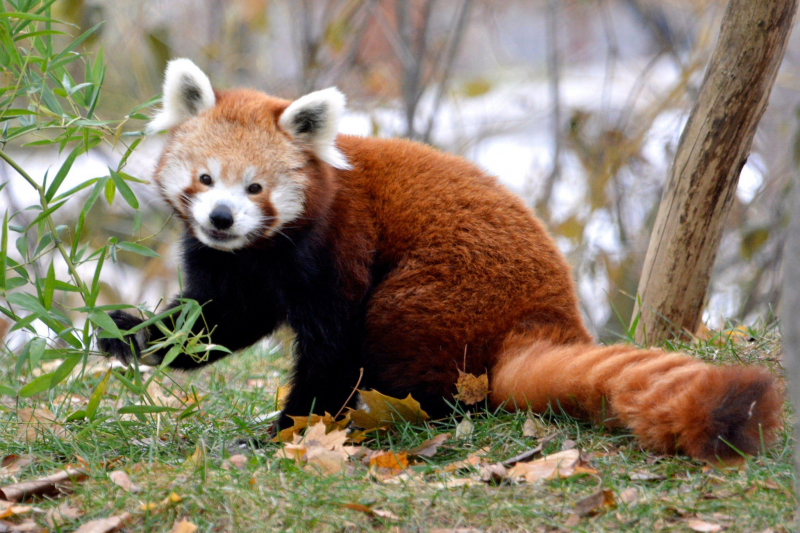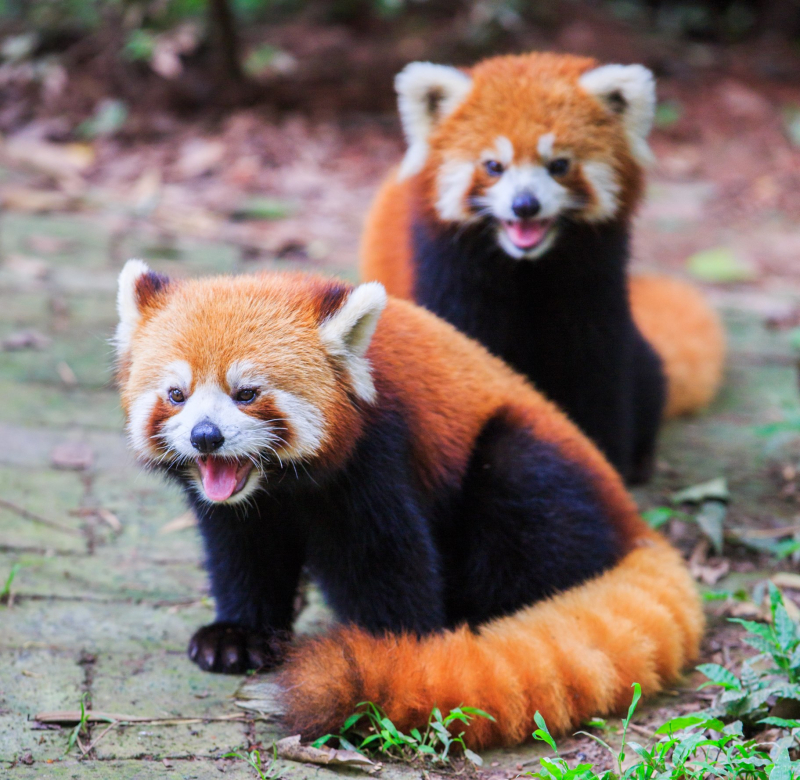Pseudo-thumbs are found on red pandas.
Similar to gigantic panda bears, red pandas have a pseudo-thumb, which is essentially a stretched wrist bone that may act as a thumb but isn't a genuine appendage. Red pandas' "thumbs" enable them to grasp and hold things, such as bamboo and tree branches, in order to eat and move about. A 2015 research found that the red panda family's extinct member, who likewise lived in trees but preferred a more carnivorous diet, was the source of the fake thumbs. Red pandas and giant pandas share another characteristic in common with this one.
According to studies from 2006, what actually happened was one of the most dramatic instances of convergence among vertebrates. When two unrelated species are put under similar circumstances, they seem to be the same. According to this theory, the red panda's false thumb originally evolved to help it climb trees and was only later modified to allow it to eat bamboo. Nevertheless, because of their diet of bamboo, giant pandas acquire a characteristic that is almost identical.











